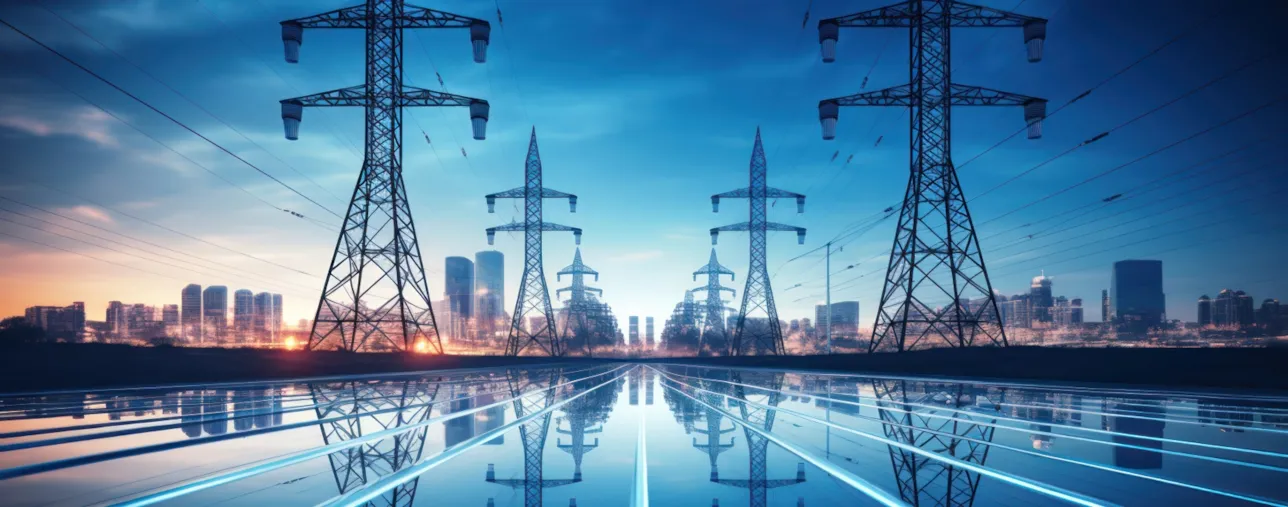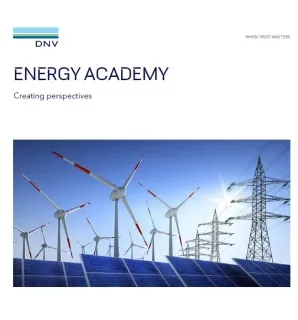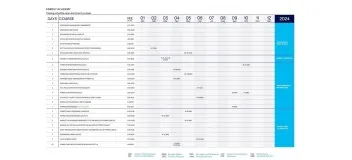Introductory Course Grid Congestion/Transport Scarcity
This one-day introductory course covers everything around grid congestion/transport scarcity with a focus on the Netherlands.
From the technical aspects, how congestion occurs, the impact and the consequences. In addition, the practical aspects are considered, what are the current processes of the network operators and how is congestion management used. Finally, the (future) alternatives will be considered and the implications of these alternatives for connected parties.
Some of the main questions that will be answered:
- What has led to this increase in net congestion?
- Will grid congestion remain a problem in the future?
- Are there alternatives to speeds up the connection process?
- Can the market play a role in grid congestion?
- What impact will the law and regulations have on the future developments regarding grid congestion?
Topics that will be discussed:
INTRODUCTION
- What is grid congestion and transport scarcity?
- How does congestion occur and how/when is it elevated?
- Relation with renewable energy and electrification
- Current situation in the Netherlands and future expectations
- What are the social consequences
PROCESS NETWORK OPERATORS
- How is congestion determined?
- Congestion on the various network levels
- Impact on connection process (queue)
- Legislation and regulations to which the grid operator must comply
CONGESTION MANAGEMENT
- What is congestion management?
- Time horizon
- How does grid congestion research take place?
- What contract types are there
- mandatory participation/non-market based
- congestion management service provider
- How are customers on the waiting list connected when congestion management is applied
OTHER REGULATORY DEVELOPMENTS
- Priority
- Non-firm connection and transport agreement
- Use-it-or-lose-it (UIOLI)
- Connection to emergency lane
WHAT THIS MEANS FOR CONNECTED PARTIES
- Action perspective
- Participation in congestion management
- Right to challenge
For whom?
This training course is aimed at the Dutch market and designed for anyone dealing with grid congestion/transport scarcity. This includes end users/large consumers, project developers, governments and grid operators. A certain basic knowledge of electricity grids is necessary. If this knowledge is not available, we recommend that you follow our introductory training on electricity supply systems prior to this training.
On request, DNV can also provide in-company training (content, location and duration can be adapted to you specific wishes). Please contact us for more information.
From the technical aspects, how congestion occurs, the impact and the consequences. In addition, the practical aspects are considered, what are the current processes of the network operators and how is congestion management used. Finally, the (future) alternatives will be considered and the implications of these alternatives for connected parties.
Some of the main questions that will be answered:
- What has led to this increase in net congestion?
- Will grid congestion remain a problem in the future?
- Are there alternatives to speeds up the connection process?
- Can the market play a role in grid congestion?
- What impact will the law and regulations have on the future developments regarding grid congestion?
Topics that will be discussed:
INTRODUCTION
- What is grid congestion and transport scarcity?
- How does congestion occur and how/when is it elevated?
- Relation with renewable energy and electrification
- Current situation in the Netherlands and future expectations
- What are the social consequences
PROCESS NETWORK OPERATORS
- How is congestion determined?
- Congestion on the various network levels
- Impact on connection process (queue)
- Legislation and regulations to which the grid operator must comply
CONGESTION MANAGEMENT
- What is congestion management?
- Time horizon
- How does grid congestion research take place?
- What contract types are there
- mandatory participation/non-market based
- congestion management service provider
- How are customers on the waiting list connected when congestion management is applied
OTHER REGULATORY DEVELOPMENTS
- Priority
- Non-firm connection and transport agreement
- Use-it-or-lose-it (UIOLI)
- Connection to emergency lane
WHAT THIS MEANS FOR CONNECTED PARTIES
- Action perspective
- Participation in congestion management
- Right to challenge
For whom?
This training course is aimed at the Dutch market and designed for anyone dealing with grid congestion/transport scarcity. This includes end users/large consumers, project developers, governments and grid operators. A certain basic knowledge of electricity grids is necessary. If this knowledge is not available, we recommend that you follow our introductory training on electricity supply systems prior to this training.
On request, DNV can also provide in-company training (content, location and duration can be adapted to you specific wishes). Please contact us for more information.


